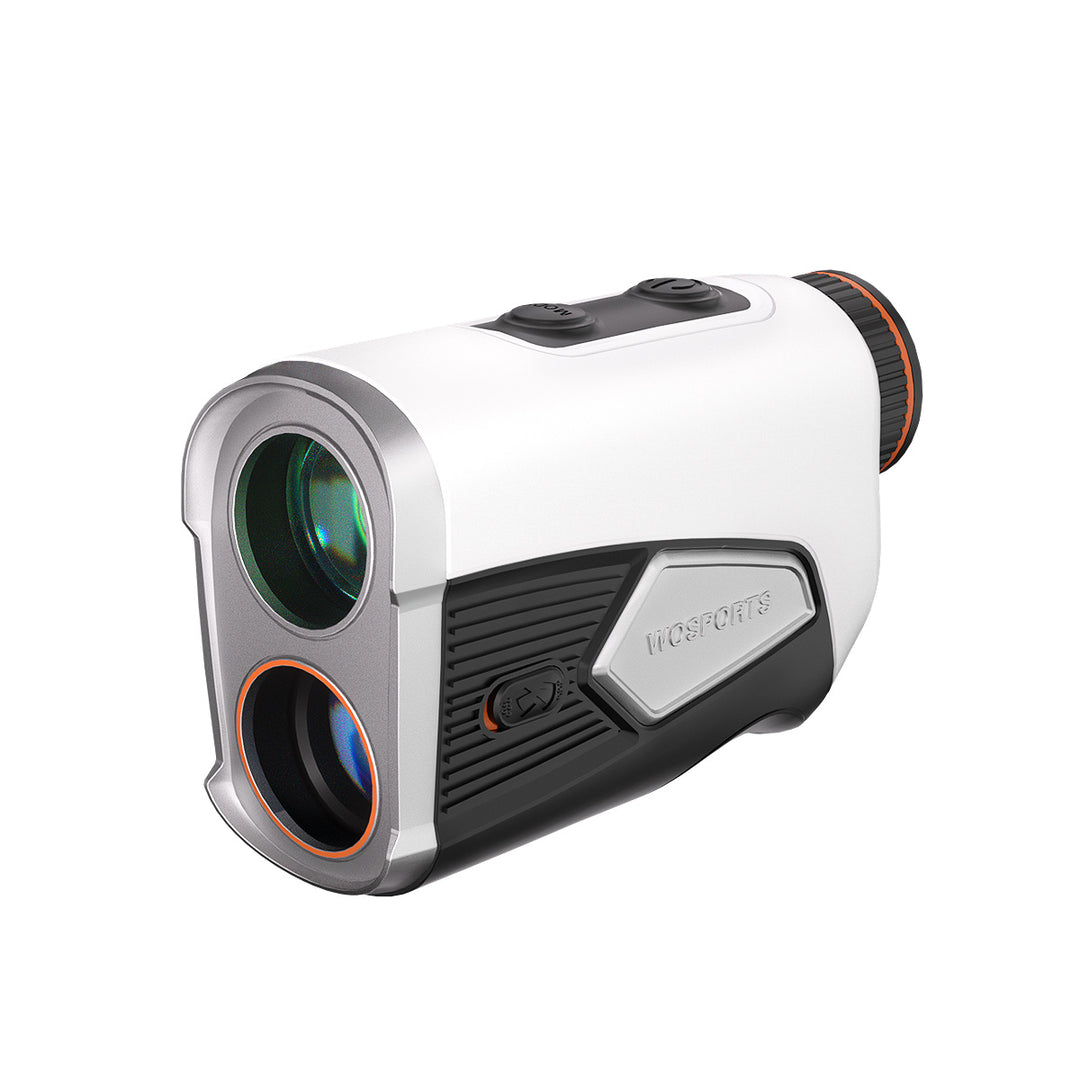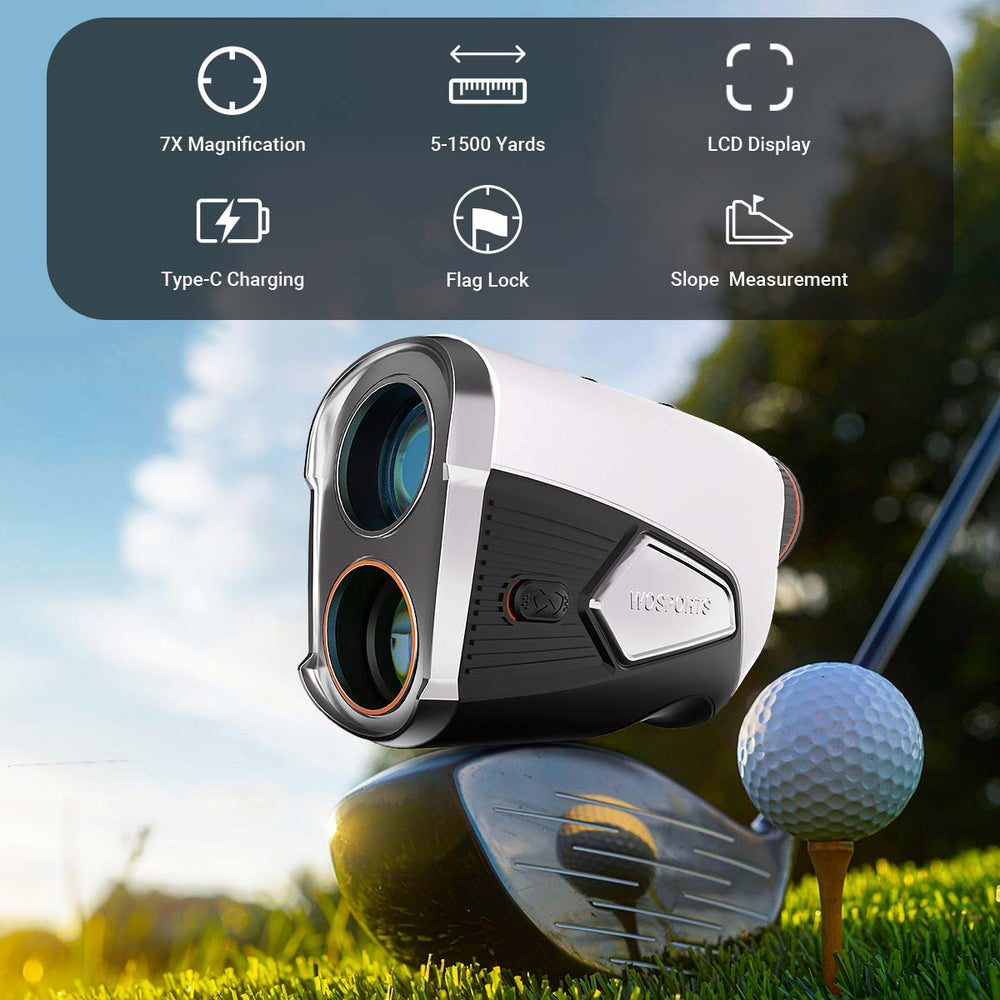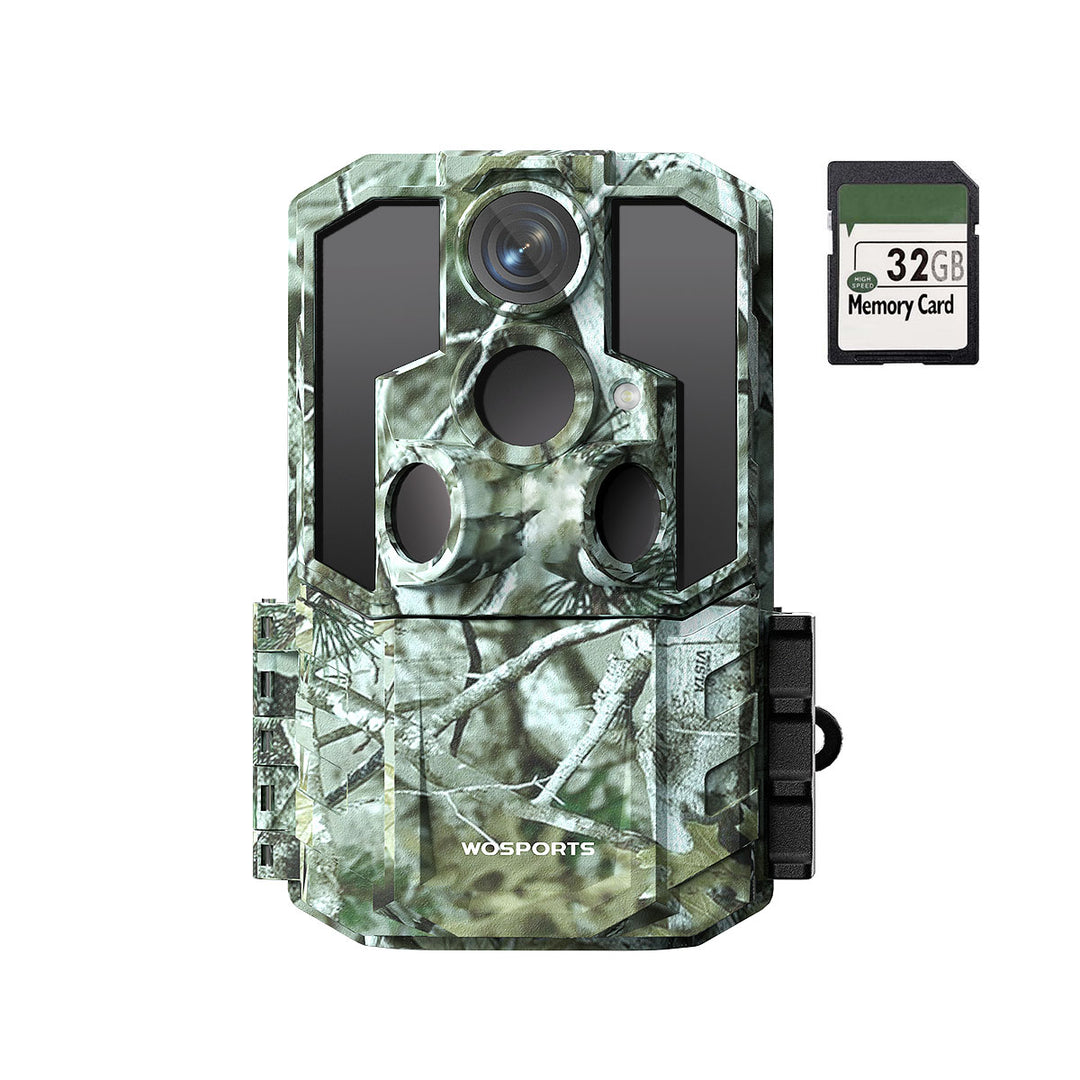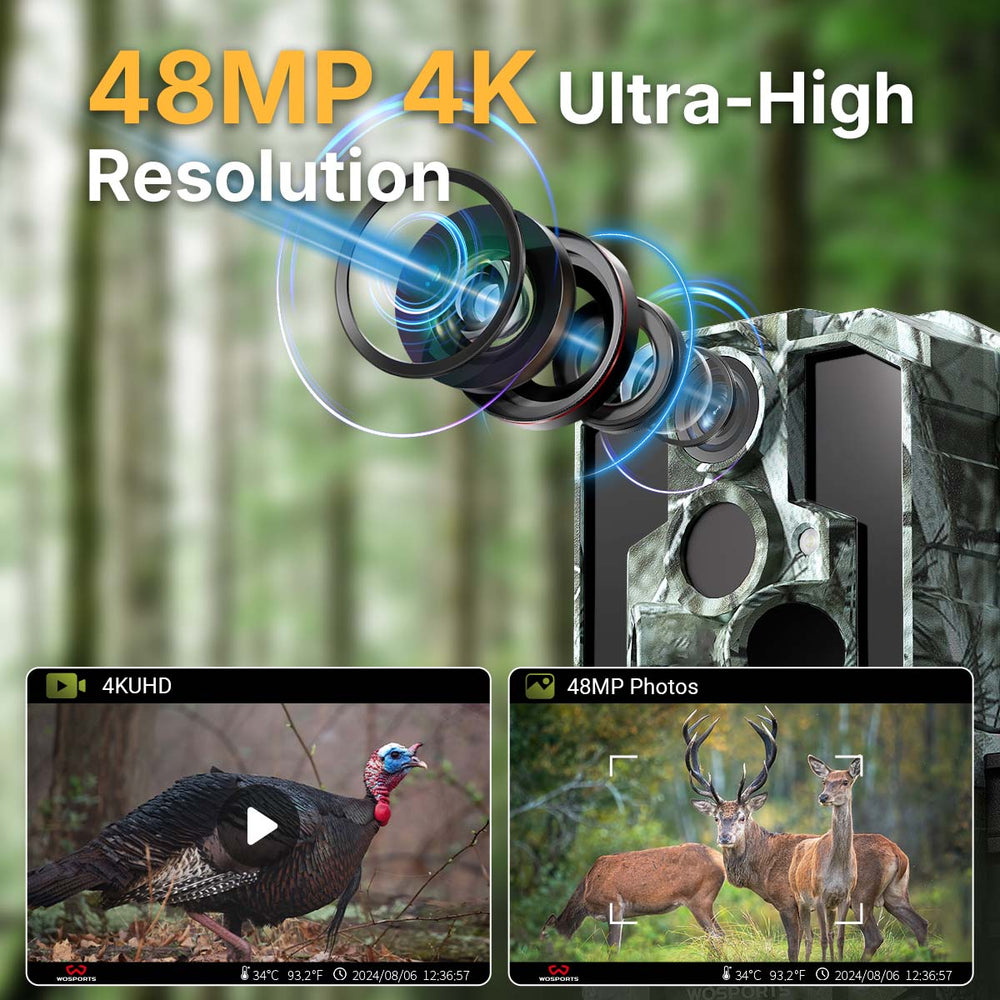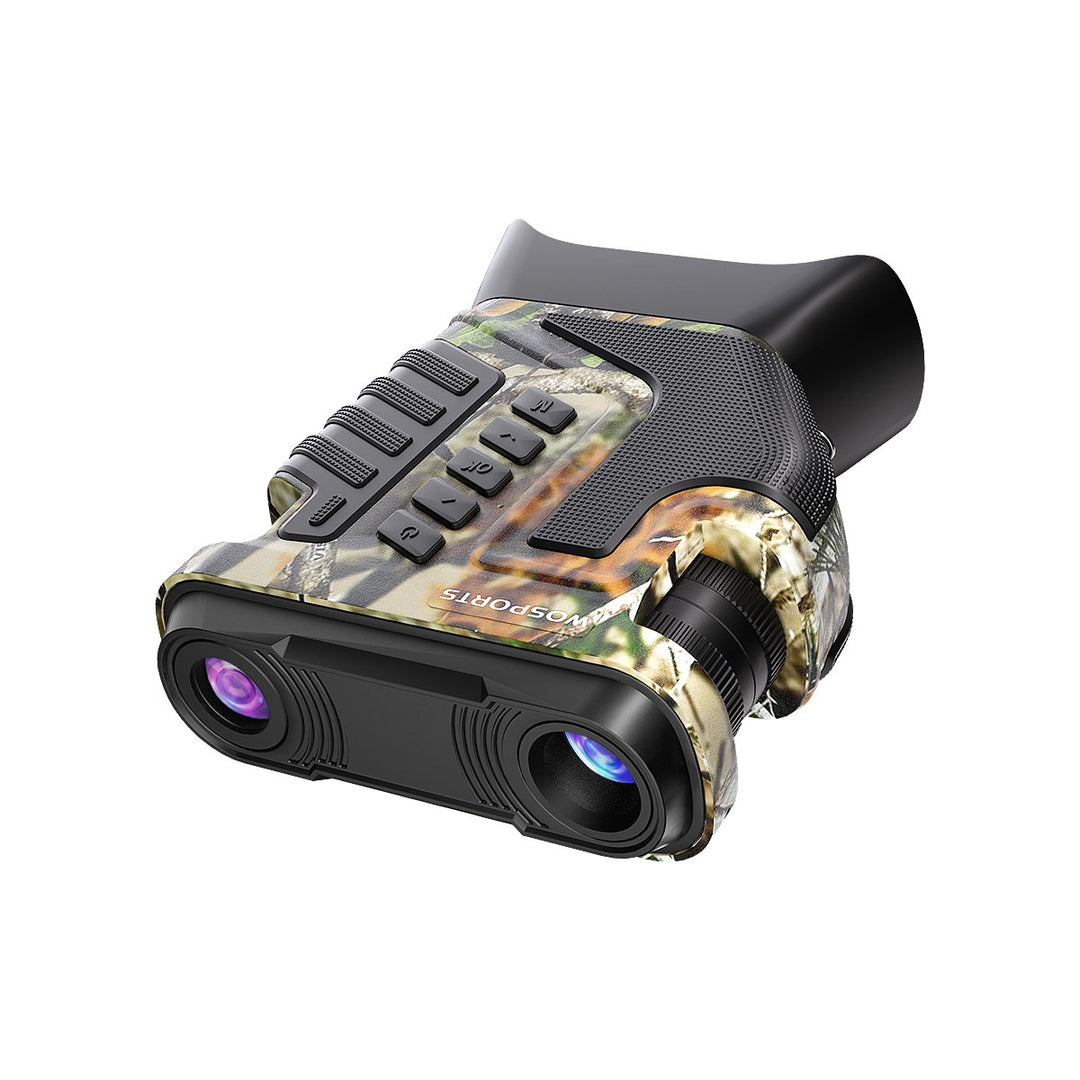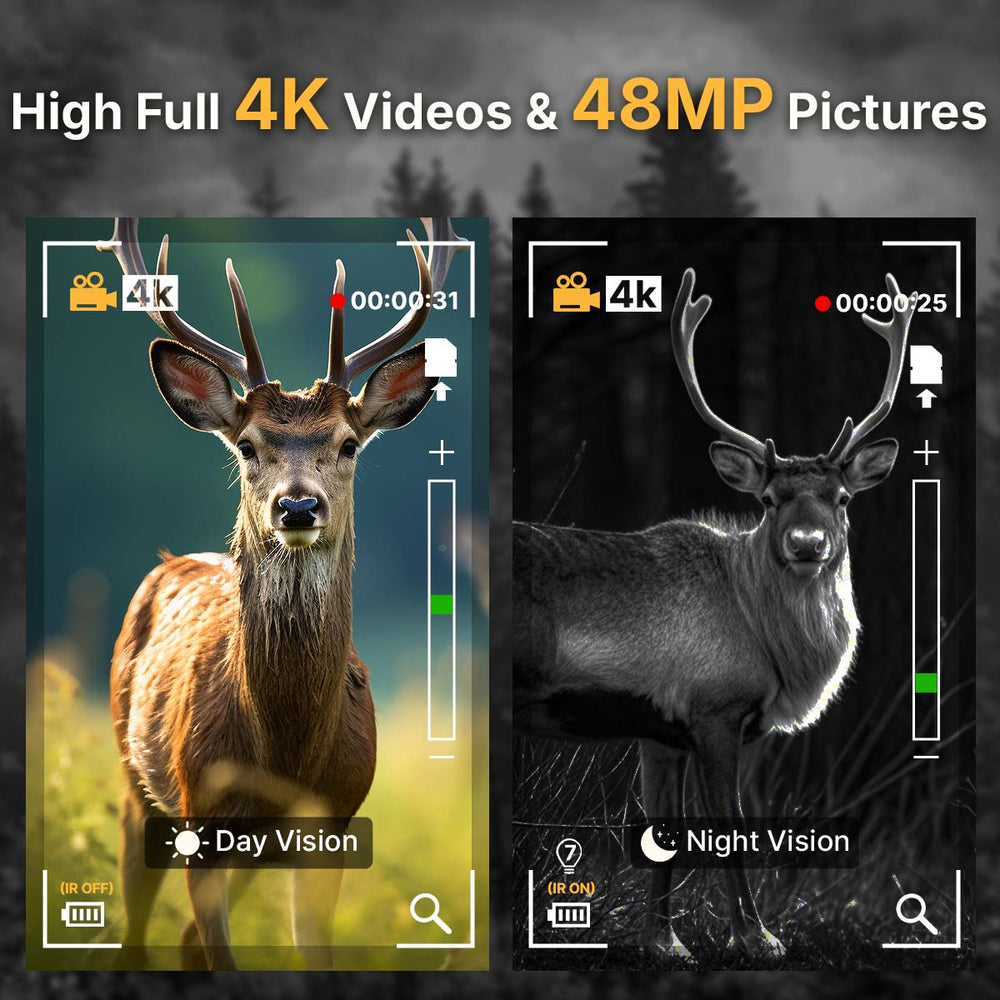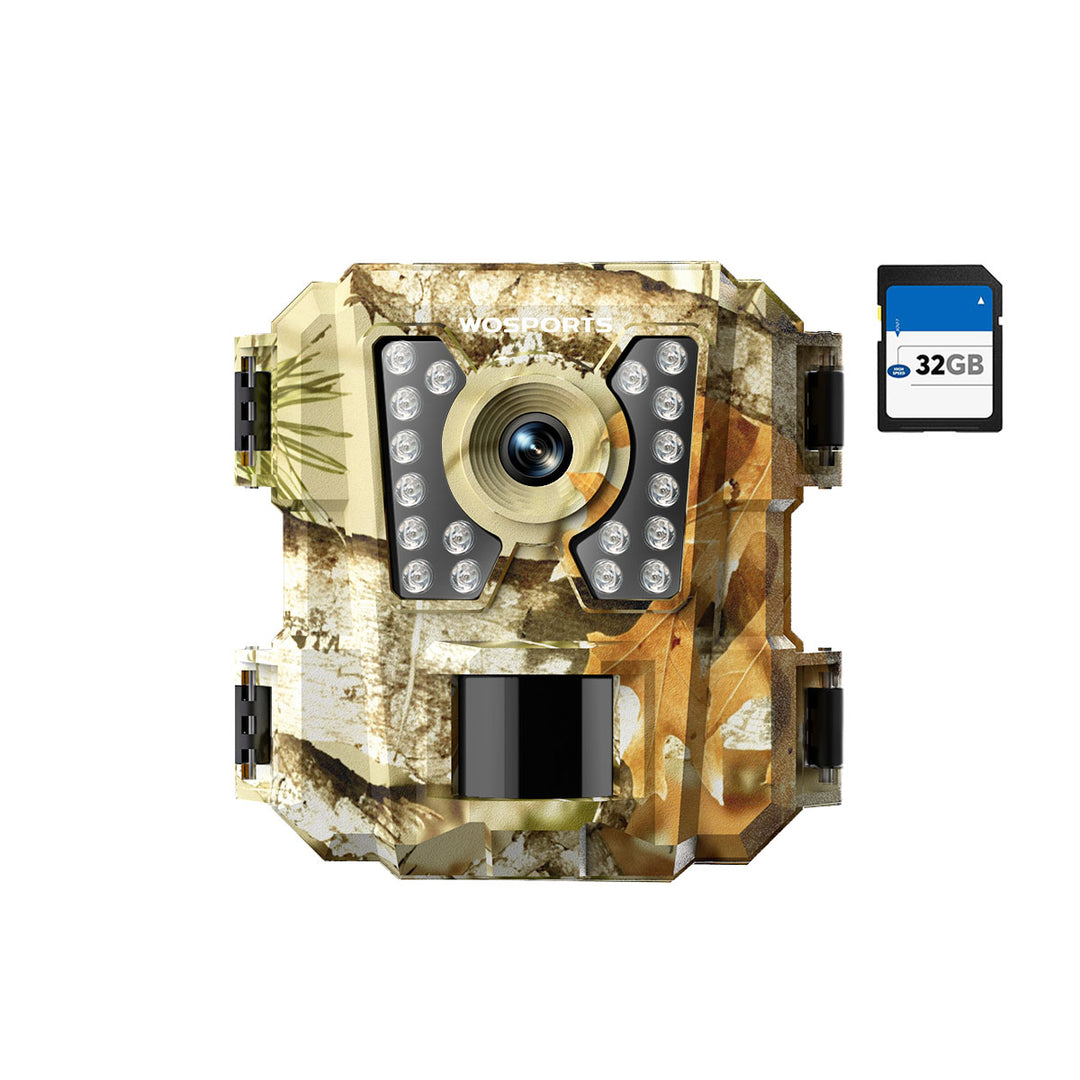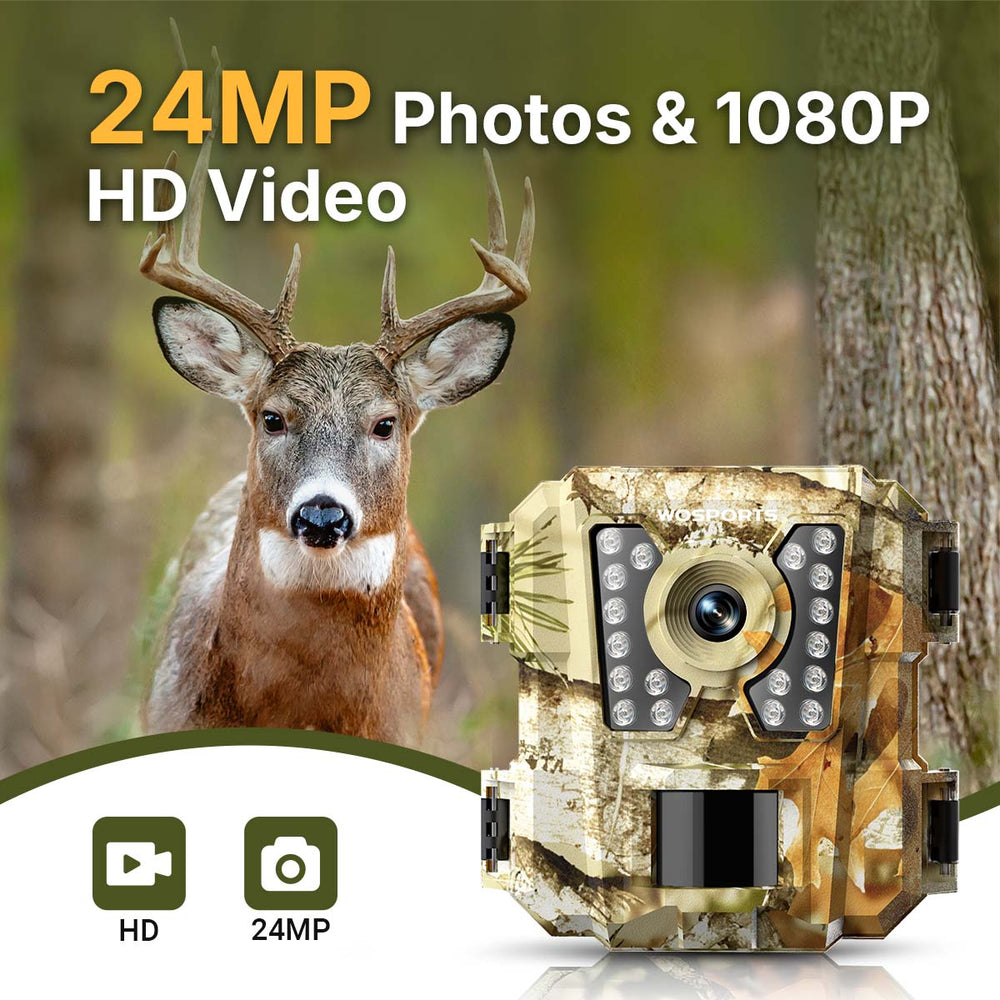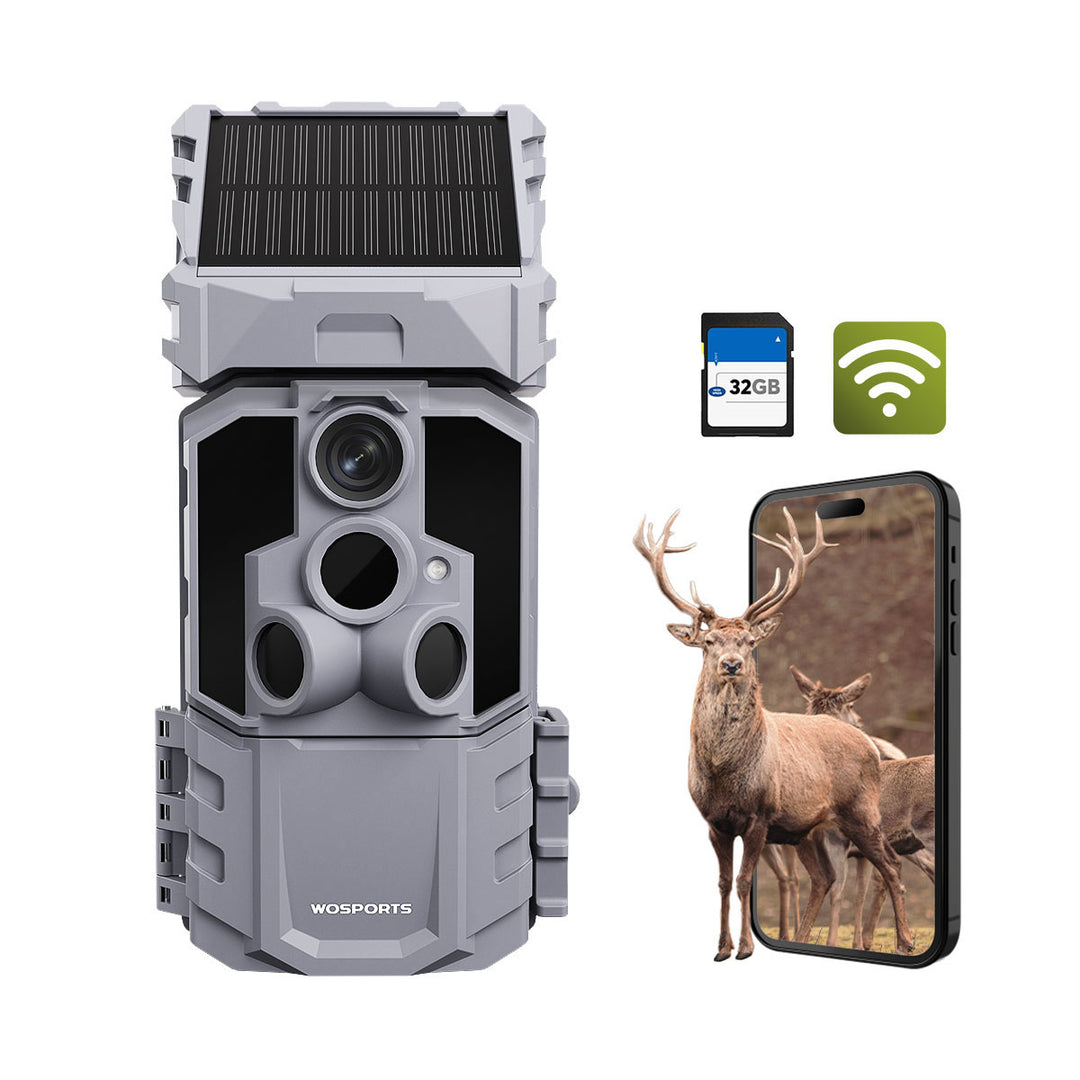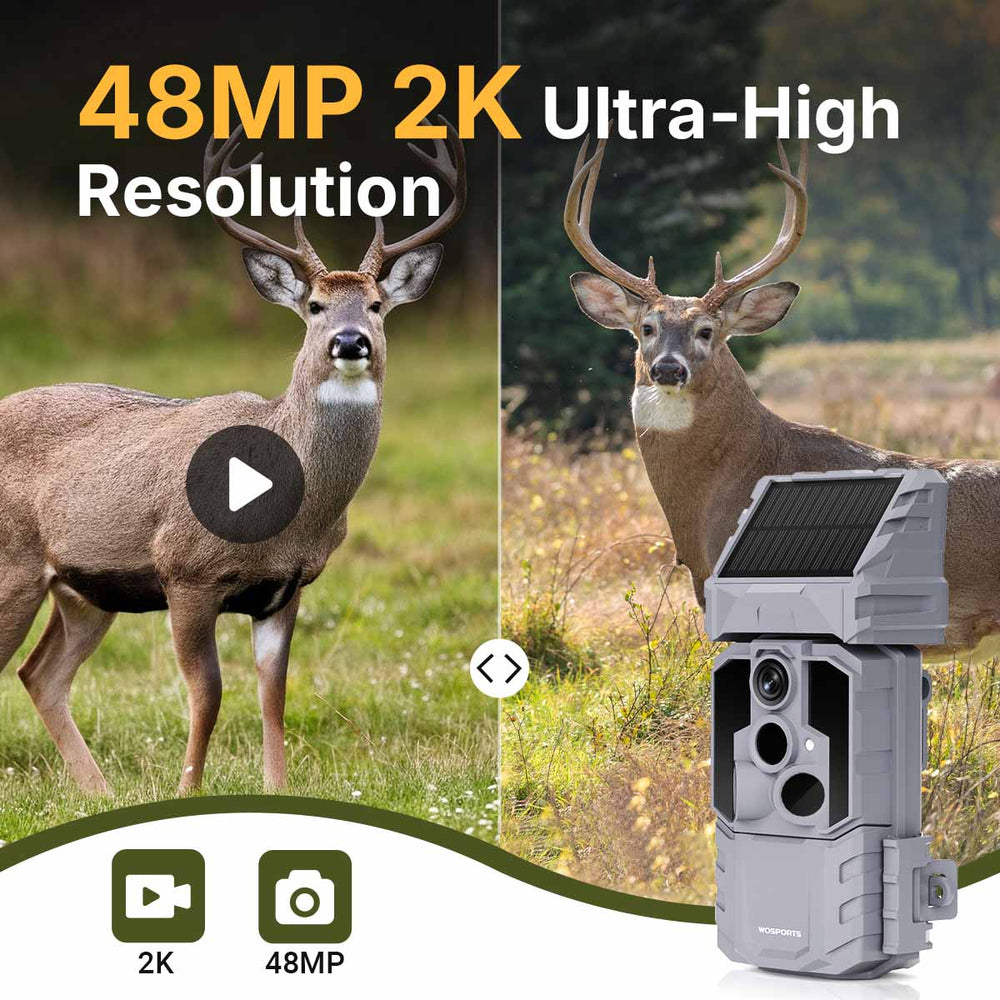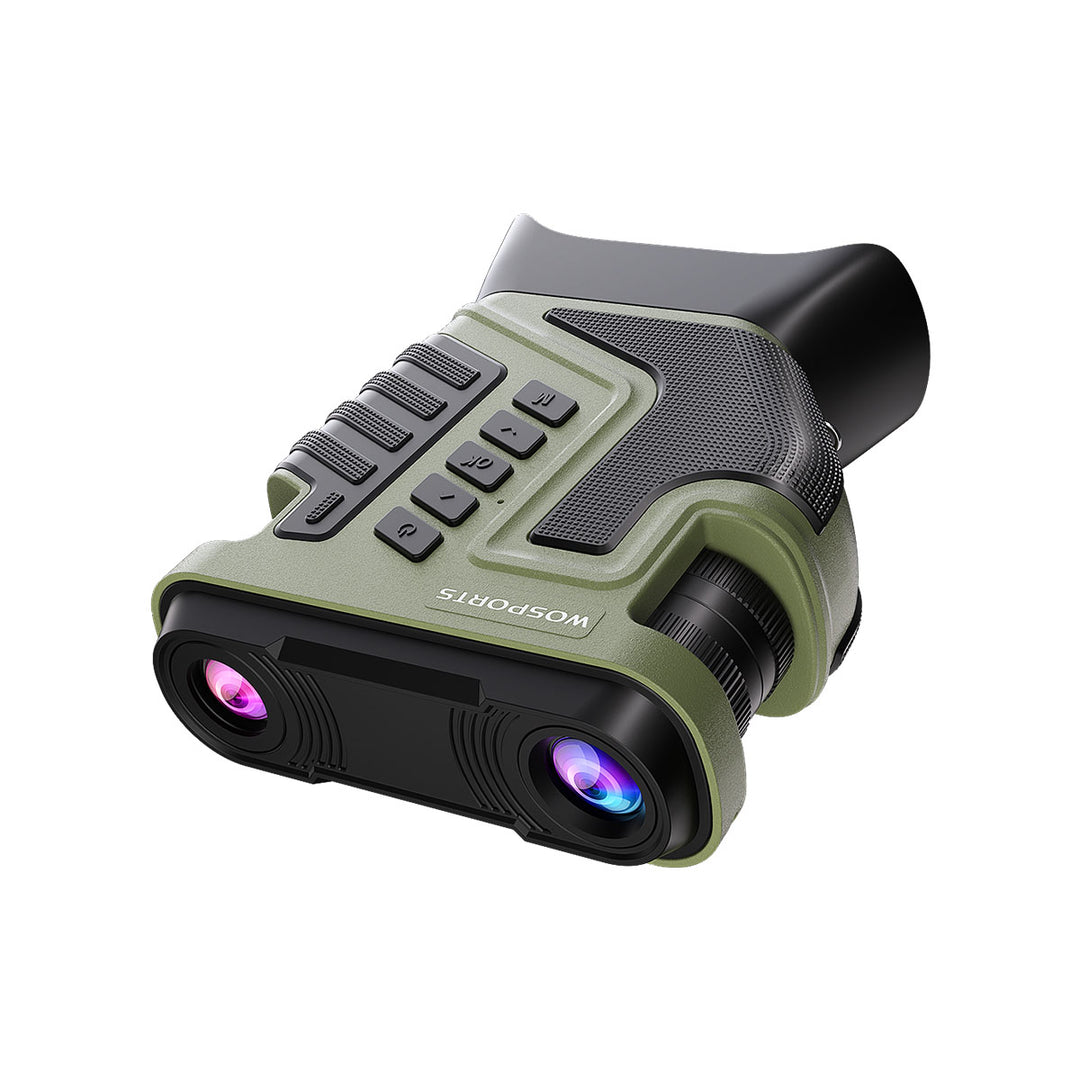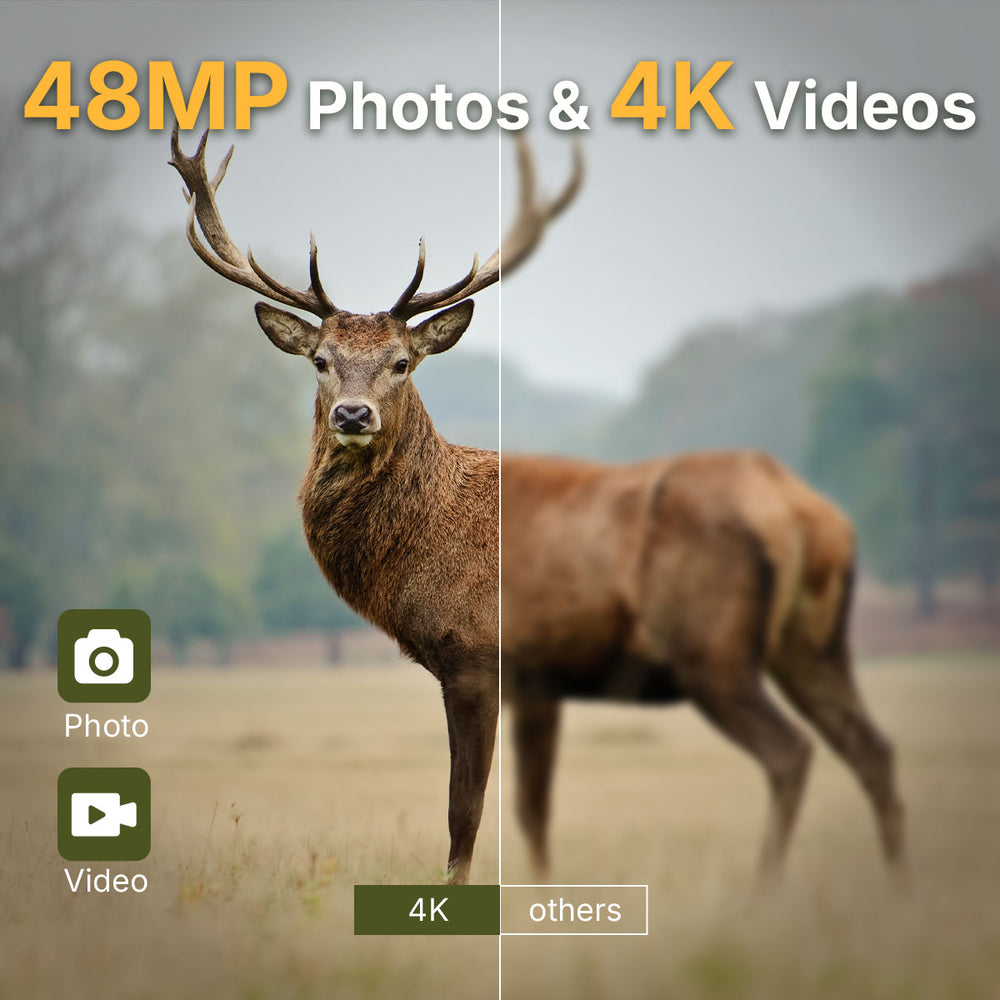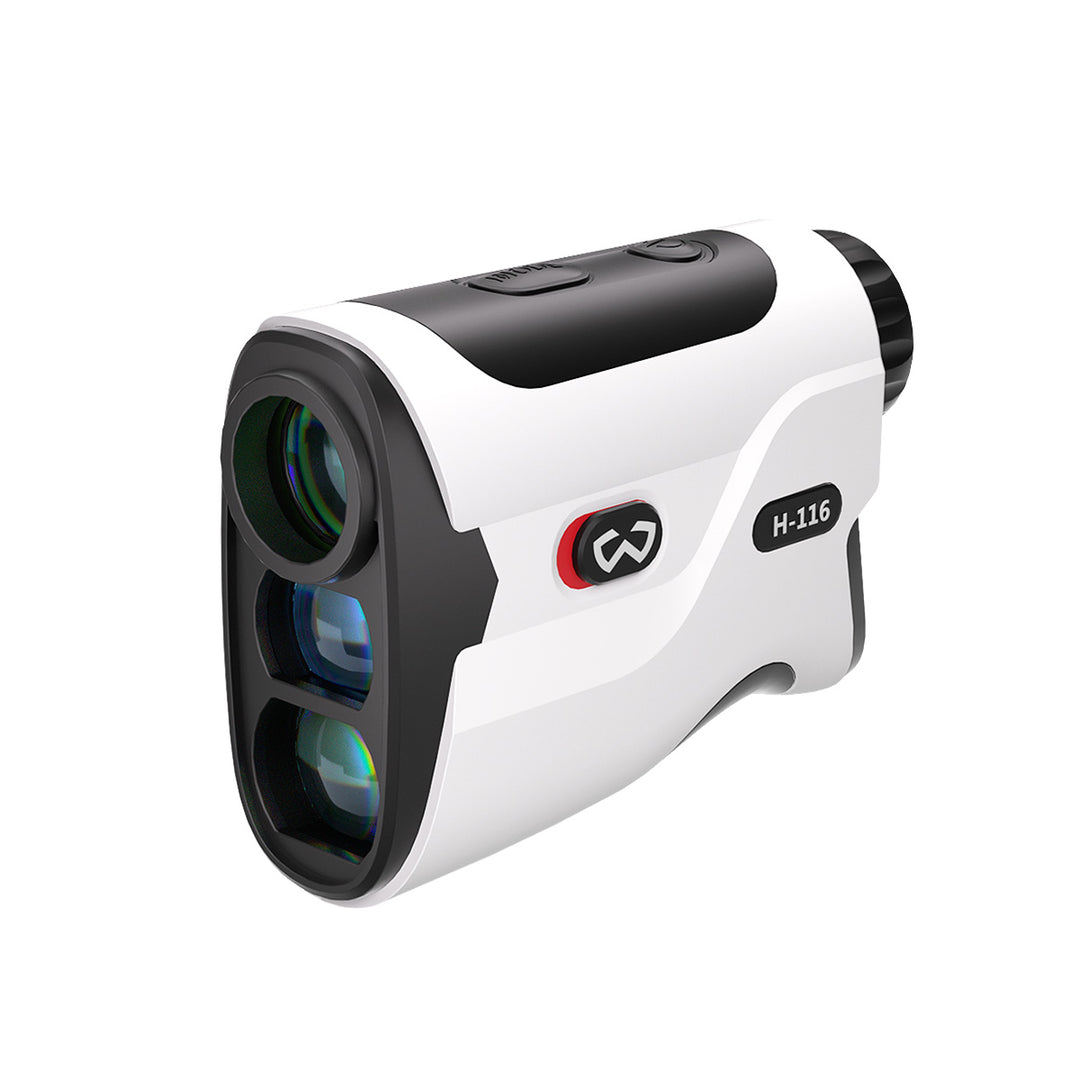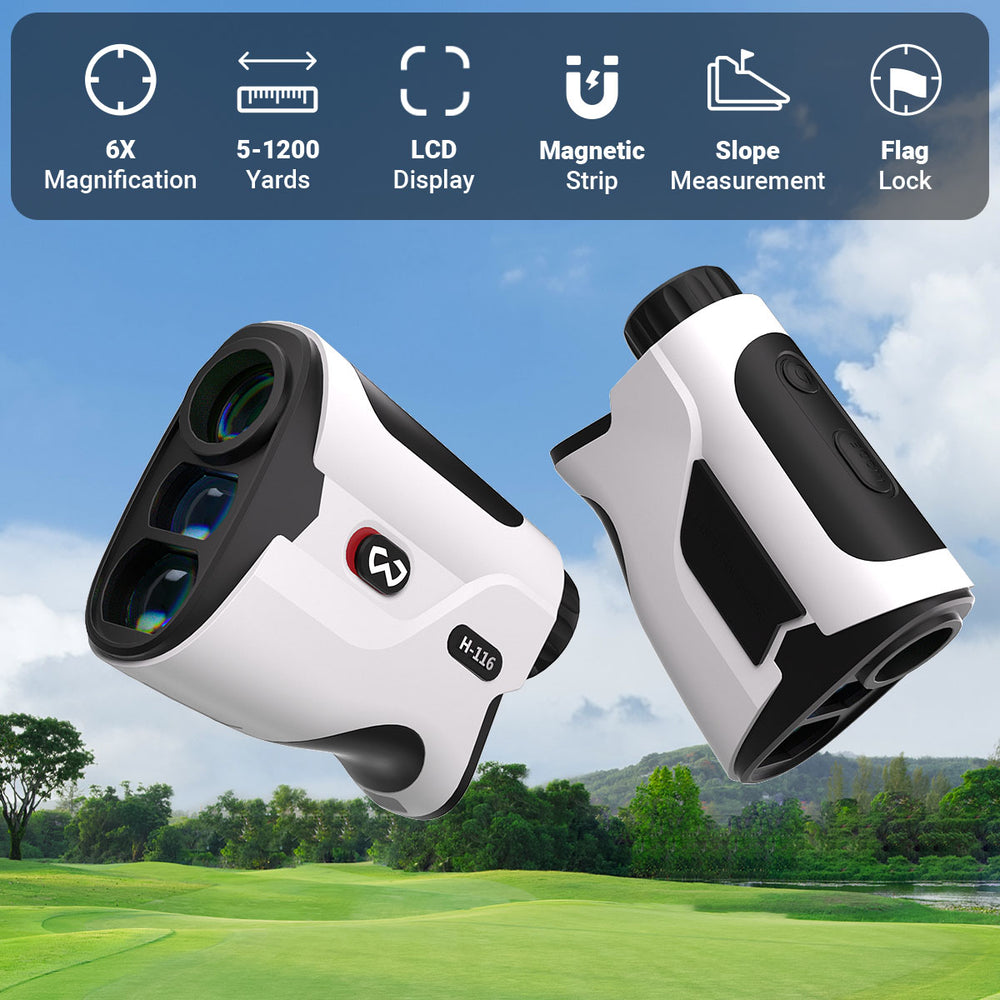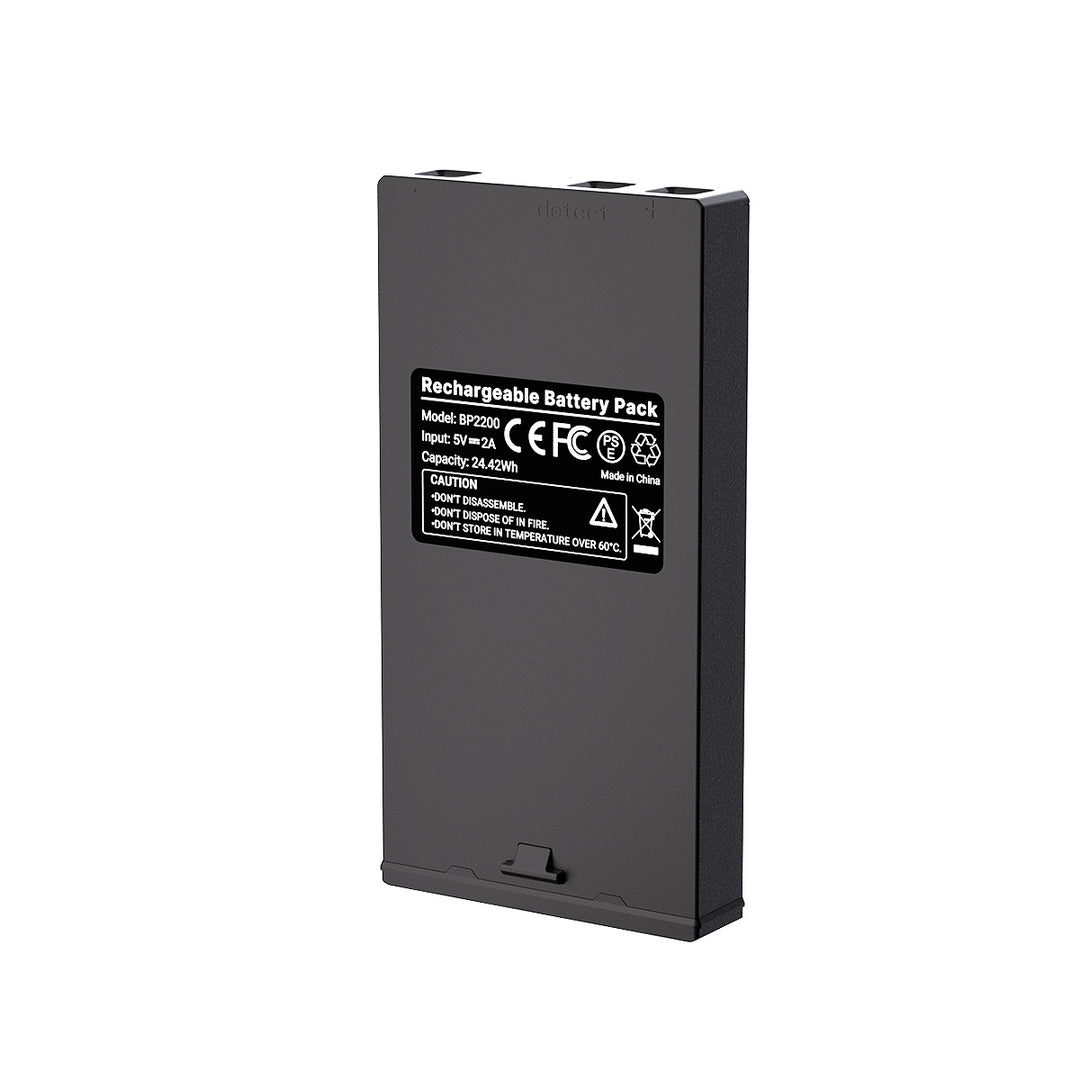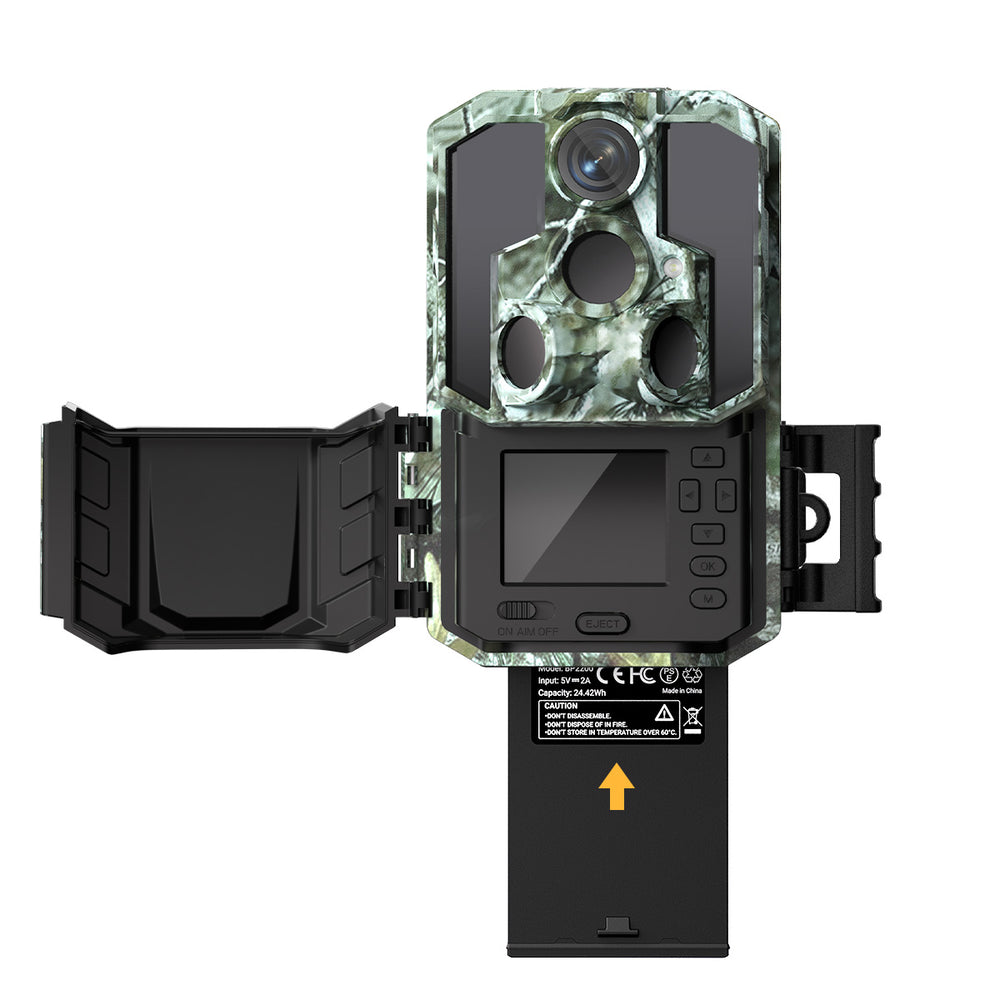Night Vision Binoculars vs. Thermal Cameras: A Comprehensive Comparison
Section 1: What Are Night Vision Binoculars?
Night vision binoculars are devices that enhance ambient light, such as moonlight or starlight, to provide a clearer image in low-light conditions. There are different generations of night vision technology, with each generation offering advancements in image quality and performance:
Generation 1: Basic enhancement of light but with lower clarity and range.
Generation 2: Improved performance and clarity, with a longer range.
Generation 3: High-quality performance and the best image clarity, widely used in military and professional applications.
Night vision goggles are commonly used for activities such as hunting, security surveillance, and outdoor exploration. One of the top models that you can consider is the WOSPORTS NV600 Pro Night Vision Binoculars, which offers excellent clarity and range, making it ideal for both recreational and professional use.

Section 2: What Are Thermal Cameras?
Thermal cameras work by detecting heat emitted by objects and converting this thermal energy into an image. Unlike night vision, which amplifies visible light, thermal cameras can see heat signatures in complete darkness, making them ideal for detecting warm objects, such as animals, people, or vehicles, based on their heat emission. There are two main types of thermal cameras:
Active thermal cameras: Use an infrared light source to enhance image clarity.
Passive thermal cameras: Detect infrared radiation from objects without requiring a light source.
Thermal cameras are often used for security, search and rescue operations, and monitoring equipment for heat loss. They are also beneficial in environments with no visible light and for detecting hidden heat signatures.
Section 3: Night Vision Binoculars vs. Thermal Cameras - A Comparison
Now let's compare night vision goggles and thermal cameras across several factors:
Clarity and Range: Night vision binoculars perform well in low-light conditions, such as in the presence of moonlight or starlight. However, their range is limited compared to thermal cameras, which can detect heat from long distances and in complete darkness.
Ideal Environment: Night vision binoculars are best for situations where there is some ambient light, such as hunting under the stars or navigating through the woods. Thermal cameras, on the other hand, excel in complete darkness or environments where heat signatures are crucial, such as security or search-and-rescue operations.

Usage: Night vision binoculars are typically hand-held devices or mounted on helmets and are ideal for outdoor activities like hiking or military use. Thermal cameras are often mounted on drones, surveillance systems, or used in static positions for monitoring.
Cost: Night vision binoculars tend to be more affordable than thermal cameras. The higher-end night vision devices, especially Gen 3 models, can be expensive, but thermal cameras generally have a higher cost due to their advanced heat-sensing technology.
Section 4: How to Choose Between Night Vision Binoculars and Thermal Cameras
When choosing between Night vision devices and thermal cameras, it’s important to consider the specific purpose of your nighttime observations:
For Outdoor Exploration or Hunting: If you need to see in low-light conditions like moonlight, low light binoculars are a great choice. If you are tracking animals or searching for heat signatures in complete darkness, a thermal camera is better suited.
For Security or Surveillance: If you need to monitor areas at night, especially in total darkness, thermal cameras will provide the best results. They can detect intruders or animals based on heat, even if they are hidden behind obstacles.
For Military or Tactical Use: Night vision goggles are often the go-to equipment, as they offer enhanced visibility in low-light environments. However, thermal cameras are also essential for detecting hidden heat sources and can be used in combination with night vision for better overall performance.
Search
Popular Posts
Recent Posts

Nov 28, 2024
Troubleshooting Common Trail Camera Issues
Jan 10, 2025
Why Does My Trail Camera Stop Working at Night?

































